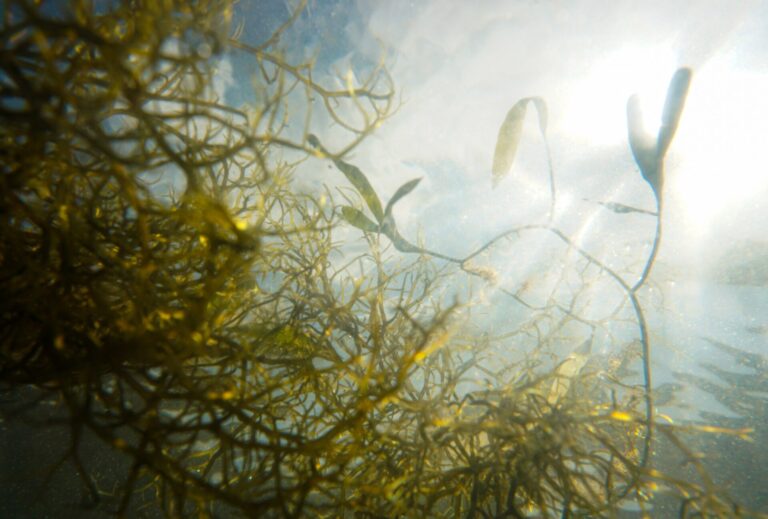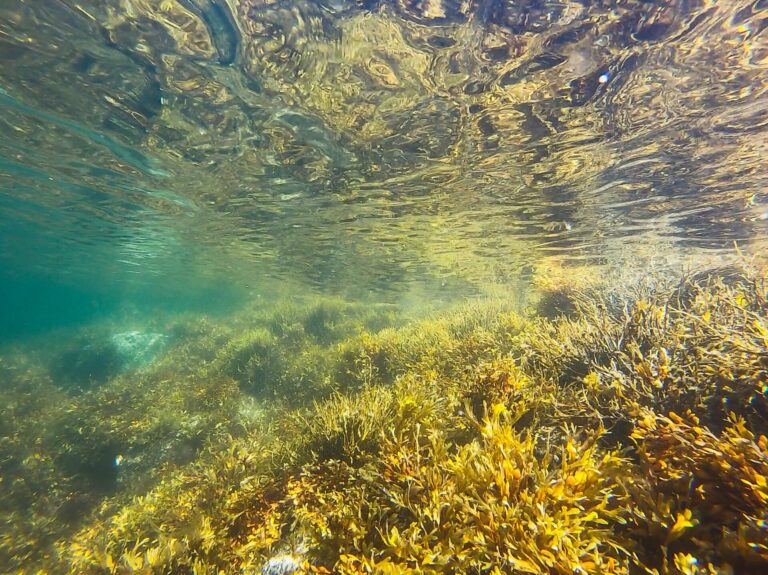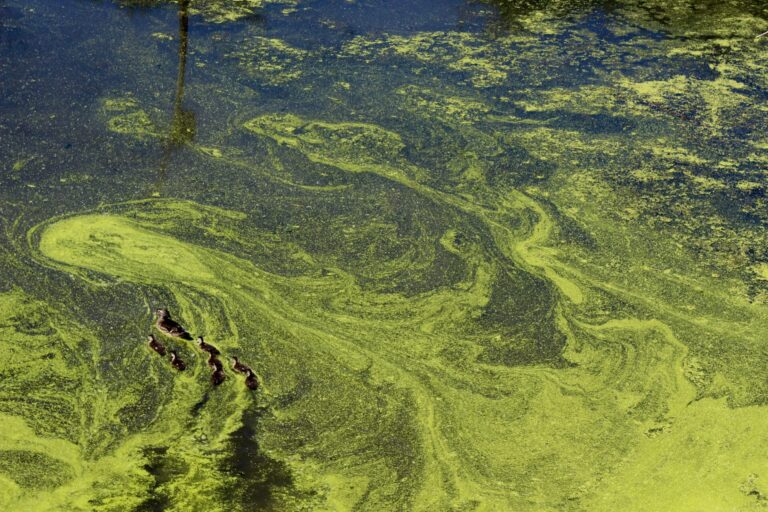Agricultural Pollution
The environmental impacts of pollution introduced during agricultural processes.
Agricultural pollution is contamination of the environment and its surroundings as a result of introducing unnatural and/or dangerous materials to cropland. This contamination is potentially harmful to the organisms living on the cropland as well as the organisms that consume the crops grown in the area. There are many ways in which pollution occurs: water runoff, fertilizer & pesticide use, excessive tillage, etc. Below we will explore some of the possible risks agricultural pollution poses.
Nanoparticles
Nanoparticles are materials with dimensions between 1 and 100 nanometers (10-9 meters). These particles are everywhere, even though they cannot be seen by the naked eye. Nanoparticles are found in natural water, soot, and even air. Think about air freshener spray…it produces a distinct aroma but the compounds that produce this aroma cannot be seen when you spray it. These compounds are nanoparticles! The water we drink is full of nanoparticles. Oftentimes small concentrations of metal nanoparticles, which are regulated for safety, are present. While these particles are extremely small, their risk may be great.
Environmental Impacts
Toxicity & Bioaccumulation
A significant source of agricultural pollution occurs when excess chemicals, from fertilizers, pesticides, etc., collect in the soil. While the initial concentration of these chemicals is safe to apply to the soil, eventually it can become toxic as more and more chemicals collect. This occurs in a process known as bioaccumulation. An organism present in the soil, like a worm or insect, accumulates particles of chemicals through consumption or absorption. Next, an organism will consume the previous and obtain the chemicals present within it. As the food chain continues, more and more chemicals accumulate in the organism. This increase of concentration up the food chain is referred to as biomagnification. Most notably, these concentrations can become so great that toxicity occurs and cells may undergo apoptosis or “cell death.” Therefore, fertilizers and pesticides can be incredibly harmful to organisms due to bioaccumulation.
Air pollution is also a significant risk. Nanoparticles from soot can be easily inhaled and enter the lungs. Over time, as these particles accumulate, respiratory and cardiovascular diseases may develop.
Persistent Organic Pollutants (POPs)
Persistent Organic Pollutants (POPs) are a group of organic chemicals that have been widely used as pesticides are in industrial fields and pose great risks to human health and ecosystem balance. It is important to recognize that POPs are present due to the creation and distribution BY HUMANS. POPs have the following three characteristics:
-
-
-
- Persistence; POPs are long-lasting in the environment and resist breakdown. It may take decades for these chemicals to breakdown at all, and some breakdown into more toxic substances.
- Bioaccumulative; POPs accumulate in the fatty tissues of animals and humans. They are often deposited due to consumption of foods that have come in contact with these chemicals.
- Toxic; A wide range of negative health effects on organisms arise due to exposure to POPs. These health concerns include, but are not limited to, developmental problems, nervous/immune/reproductive system damage, and cancer.
-
-
Production of Greenhouse Gases
Throughout the farming process, greenhouse gases are released into the atmosphere. Many pieces of farming equipment run on fuel that emits large quantities of carbon. Furthermore, the processing of crops and animals requires transportation, manufacturing, etc. that all use fuel. Even if a crop is grown without fuel-powered machinery, the farm to table process is oftentimes costly in terms of required resources. Factories that run on electricity receive their electricity from power plants, many of which use natural gas or coal to produce electricity. This extensive, resource-rich agricultural cycle of production & processing heavily contributes to the increase of greenhouse gases in the atmosphere.
Eutrophication
Another effect of agricultural pollution is the eutrophication of water bodies. Eutrophication occurs when chemicals rich in nitrogen and phosphorus runoff into water, oftentimes from farms and cropland. This increase of nutrients in the water encourages plant growth. Algae flourishes in these conditions and utilizes a majority of the oxygen present, preventing the fish and other organisms from obtaining oxygen. Ultimately, this leads to the death of much of the animal life. The mass amounts of algae also prevents sunlight from penetrating the water. Without sunlight, producers cannot complete photosynthesis and oxygen levels cannot be restored. Due to eutrophication, the water becomes unfit to support life.









Want to learn more?
Check out “Silent Spring” by Rachel Carson. Each chapter of her book highlights how human activities, like using fertilizers and pesticides, have affected the environment: waterways, soil, etc. One spraying of pesticides can completely change an entire ecosystem!
